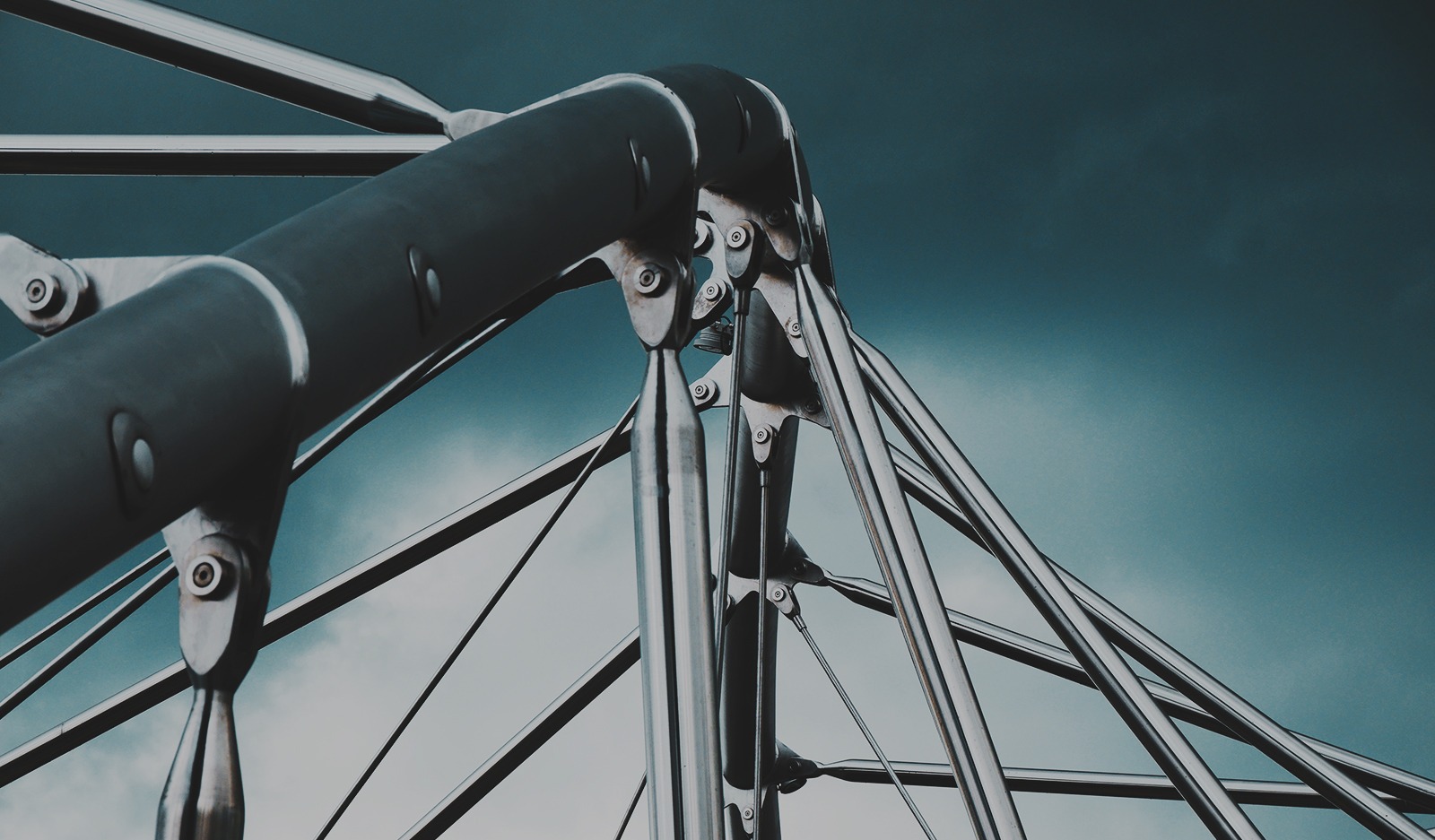Steel is an incredibly versatile material, with applications in numerous products across many industries, but one factor that gives steel its durability and adaptability is its capacity to be coated by various treatments. Steel surfaces are coated for many reasons, from improving resistance to wear and tear, protection from corrosion and the elements or even just to make them more visually appealing.

Steel can be used for just about anything, however, it needs to have the right treatment for the right application. Finding the right coated steel product for your project will drastically increase its performance and longevity.
Zinc is the main ingredient used in coating steel as it forms a ‘cathodic protection’ – a method which uses the corrosion of a sacrificial metal (zinc, or zinc alloy), to prevent the base metal (steel) from corroding.
Methods of Coating steel
Zinc and zinc alloys can be applied to steel in a number of ways, however, the most common forms are:
• Hot dipping – a process of submerging steel in a bath of molten zinc at temperatures of 450°C. After the metal is removed from the bath, the zinc reacts with oxygen and carbon dioxide in the air to form a hardened layer.
• Electrogalvanizing – a process which uses a current of electricity running through a saline/zinc solution with a zinc anode, as well as a steel conductor.
Types of Coated Steel Products
Different environments and applications require specific steel coatings. Here are some of the most common treatments of steel and their appropriate applications:
Galvanised (GI)
Galvanised steel uses a zinc on steel coating and is generally used for ducting and roofing.
Galvanised steel can be formed using a ‘hot dipping’ method, as well as electro galvanisation. The metal has a shiny surface finish and a 3 out of 5 rating for corrosion resistance.
Galvannealed (GA)
Galvannealed steel is a zinc on steel coating which is usually used for automobile parts such as outer panels. The metal uses a reaction with Iron and Zinc to form a zinc-iron alloy and is formed with a process of annealing following a hot dipped galvanisation method. Galvannealed steel has a matte finish and scores a 2 out of 5 for corrosion resistance.
Galvalume (GL)
Galvalume steel uses a coating that is 43.5% zinc, 55% aluminium and 1.5% silicon. It is most often used on metal buildings and for roofing applications. It is formed using a continuous hot dipping method and has no surface finish. Galvalume has a high 4 out of 5 corrosion resistance, however, it is a registered and patented trademark brand and only licenced manufacturers can produce the metal.
Galfan (GL)
Galfan steel uses a 95% zinc and 5% aluminium coating and is most often found in white goods and in some automobile parts. It also uses a continuous hot dipping method and does not have a surface finish. It is the most modern product on this list and scores the highest for corrosion resistance, a perfect 5 out of 5. Like Galvalume it is also a patented trademark brand.
Choosing the right treatment
It is important to choose the right steel coated product to suit the needs of the application. Aesthetic factors may need to be considered, as well as corrosion concerns, such as humidity, temperature, salinity and whether the metal will be indoors or outdoors.
Steel is strong, durable and incredibly versatile, however, if it does not have the appropriate surface treatment, its quality will be quickly undermined, be sure to contact an expert for the best coated steel product for your project.
If you need coated steel products to suit your unique needs, contact Steel Fabrication Services today.
Our team of expert structural steel fabricators have the experience and knowledge to answer any of your questions and will ensure that you find the best solution to suit your needs. To contact us today, simply call, fax or email for information or a steel fabrication quote, or drop by our Brookvale location.